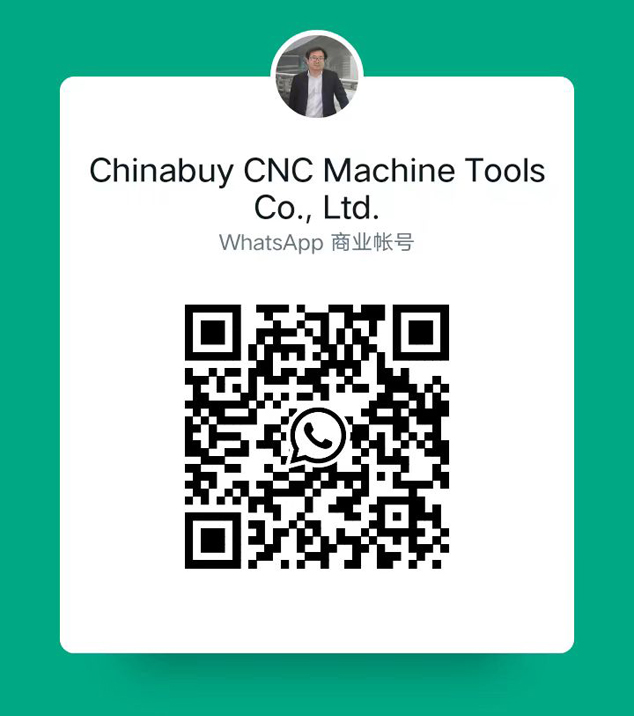
- Scan Our WeChat QR Code to Add Me to Your Contacts for Chat


What is a plate rolling machine?
A plate roll machine is a piece of equipment that is used to roll various types of sheet metal into round, semi-round, round with varying radii or conical shapes.
Some machines specialize in rolling materials back to flat too.
Working Principle
The working principle of the plate bending machine is to make the work roll move through the action of hydraulic pressure, mechanical force and other external forces, so that the plate can be bent or rolled into shape. According to the rotational movement and position changes of work rolls of different shapes, elliptical parts, arc parts, cylindrical parts and other parts can be processed.
Structural Features
The automatic feeding equipment of the plate bending machine is mainly composed of a plate trolley, an actuator, a plate transmission mechanism and an auxiliary mechanism. Sheet trolleys are used to place sheets to be rolled. The main function of the actuator is to transport the sheet to be rolled on the sheet trolley to the feeding platform. The transport operation of the sheet is mainly applied to the Cartesian coordinate manipulator and the vacuum suction cup pick-up device. In industrial automation systems, it is often necessary to pick up and transport workpieces, and vacuum suction cups are widely used as suction cup manipulators.
The transmission modes of the Cartesian coordinate manipulator mainly include mechanical transmission (rack and pinion transmission, synchronous belt transmission, ball screw transmission), linear motor transmission and pneumatic transmission. The sheet material transmission mechanism is mainly used to convey the sheet material to be rolled, and there are common roller shaft transmission and universal ball transmission. The main function of the auxiliary mechanism is to improve the rolling accuracy of the sheet metal. Common auxiliary mechanisms include the sheet material center alignment device, the push device and the displacement detection device.